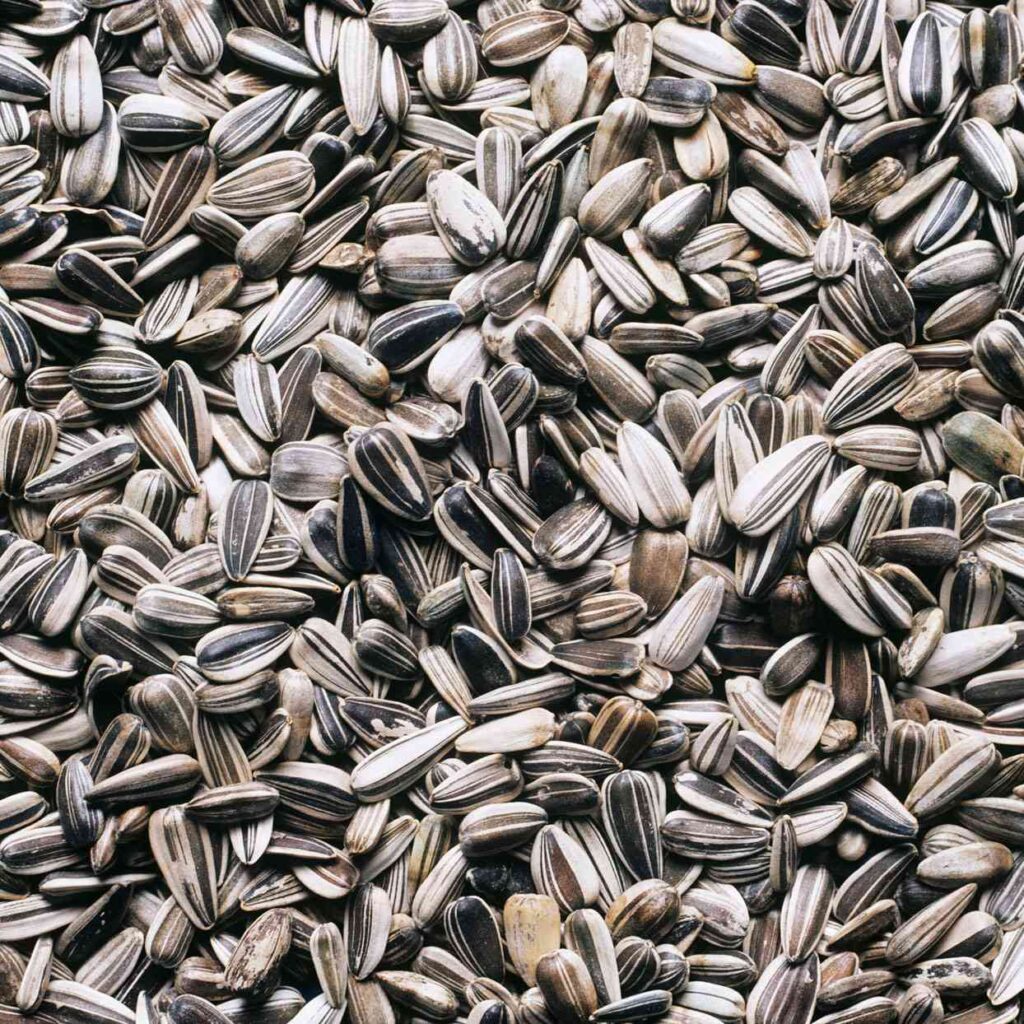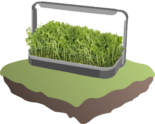Table of Contents
ToggleGrowing Sunflower Seeds: A 2023 Guide
Sunflowers, originally cultivated by Native Americans, have been part of the human diet and culture for millennia. Originating in what is now Arizona and New Mexico around 3000 BC, sunflower seeds were used for a variety of purposes, including as food, to make flour, mixed with other vegetables and pressed into oil1. Today, sunflower seeds are grown globally and are a popular snack as well as an important ingredient in many dishes.

A brief overview of sunflower seeds and their uses
Sunflower seeds are known for their mild, nutty flavor and light crunchy texture. They are often consumed as a snack, but are also used in various dishes, including salads, granola, bread and desserts. In addition, sunflower seeds are a vital source of edible oils, accounting for about 14% of world seed oil production234.
Factors that influence the choice of variety, such as climate and soil
Factors such as climate, soil type and seasonal conditions can influence the selection of sunflower varieties as well as affect the seeding and grain filling process7.
Soil preparation
To achieve successful cultivation, it is important to prepare the soil properly. Sunflowers thrive best in well-drained, loamy soil that has been prepared with a generous amount of fertilizer. It is recommended to incorporate organic or 10-10-10 fertilizer into the top 8 inches of soil at the planting site, and give the sunflowers an additional feeding during the growing season. Ideally, soil pH should be in the neutral to slightly alkaline range (6.6-7.8) to ensure optimal growth891011.
Sowing and planting
After the risk of frost is over, it is time to sow sunflower seeds. The seeds should be sown directly in the garden at a depth of 1-1½ inches and a distance of 12-36 inches between each plant, depending on the variety. It is important to keep the soil moist but not wet until the seeds germinate, which typically occurs within 1-2 weeks12131415.
Caring for sunflower plants
During the growing season, sunflowers require regular watering, especially during dry periods. It is also important to protect young plants from pests, diseases, and bad weather until they are fully established.
Harvest of sunflower seeds
When the sunflowers are ripe and the flower heads begin to hang,
is the time to harvest sunflower seeds. It is important to harvest the seeds before they become too dry, otherwise they may fall out of the flower head and be lost.
Drying and storage
After harvesting, sunflower seeds must be dried properly to prevent mold and extend their shelf life. The seeds can be dried naturally in the sun or in a ventilated area. Once the seeds are dry, they should be stored in airtight containers in a cool, dry place to preserve freshness and nutritional value.
Uses of sunflower seeds
In addition to being a tasty snack, sunflower seeds are also useful in a number of culinary contexts. They can be used as an ingredient in baked goods, as a topping on salads, and for the production of sunflower oil, which is a healthy and versatile cooking oil.
Sustainable cultivation of sunflower seeds
Sustainable sunflower cultivation involves practices that minimize environmental impact, such as the use of natural pest control agents and efficient water management. By growing sunflowers sustainably, farmers and garden owners can contribute to a more environmentally friendly and sustainable food production.
Growing sunflower seeds is a rewarding process that provides a number of benefits both for the environment and for people. Through a proper understanding of the different varieties, proper soil preparation, care, and harvesting, sunflower seeds can be a valuable addition to gardens and farmlands around the world.
